#psilocybe semilanceata
Text
Ultimate Mushroom Showdown Round 1

ROUND 1:
1. Destroying Angel vs. Texas Star
2. Basket Fungus vs. Gyromitra Esculenta
3. Witches Butter vs. Devil's Tooth
4. Dewdrop Bonnet vs. Puffball
5. Psilocybe Semilanceata vs. Pink Pagoda
6. Black Trumpet vs. Mycena Chlorophos
7. Enoki vs. Cat's Tongue
8. Amanita Frostiana vs. Morel
9. Death Cap vs. Xylaria Polymorpha
10. Lion's Mane vs. Psathyrella Aquatica
11. Violet Coral vs. Mycena Interrupta
12. Bridal Veil Stinkhorn vs. Indigo Milk Cap
13. Chicken of the Woods vs. Armillaria Ostoyae
14. Fly Agaric vs. Octopus Stinkhorn
15. Cordyceps vs. Mycena Nargan
16. Orange Peel Fungus vs. Inky Cap
#mushrooms#mushroom showdown#mycology#forestcore#fungi#mosscore#nature#cottagecore#destroying angel#texas star#basket fungus#gyromitra esculenta#witches butter#devils tooth#dewdrop bonnet#puffball#psilocybe semilanceata#pink pagoda#black trumpet#mycena nargan#enoki#cats tongue#amanita frostiana#morel#death cap#xylaria polymorpha#lions mane#psathyrella aquatica#violet coral#mycena interrupta
1K notes
·
View notes
Text
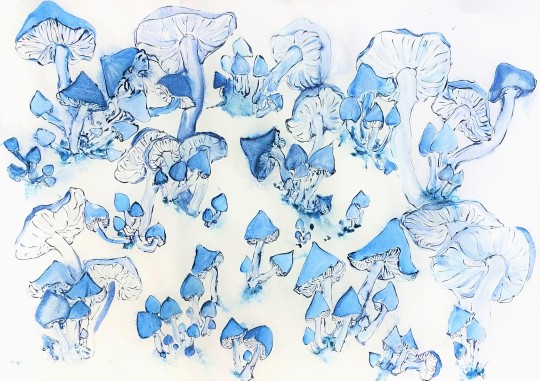
Who Puts the Fun In Fungi?...We Do!...We Do!
Watercolor On Cotton Paper
2022, 41"x 30"
Liberty Cap Mushrooms, Psilocybe semilanceata
Kyanite and Blue Apatite
#art#nature#mushrooms#fungi#artists on tumblr#artwork#floral#watercolor#painting#minimalism#mushroom#psilocybe#psilocybe semilanceata#liberty cap#blue#blue aesthetic#kyanite#blue apatite#mosscore#contemporary art#artworks#artblr#magic mushrooms#cottagecore#cottagecore aesthetic
47 notes
·
View notes
Text
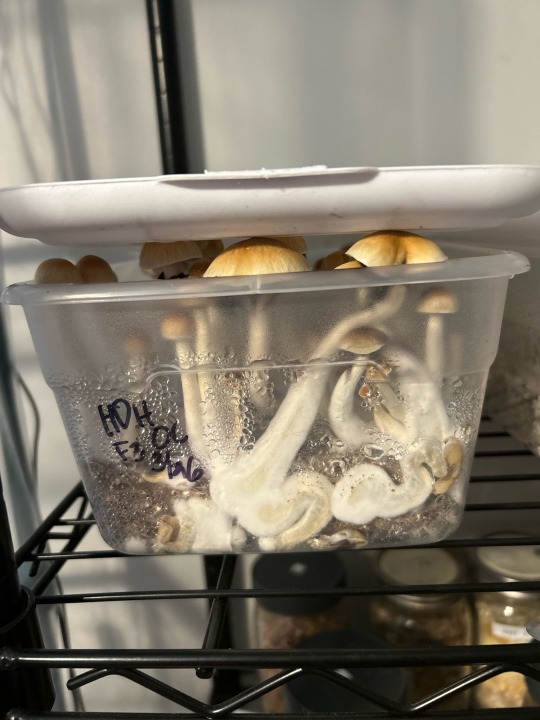
They’re so ready
#mushrooms#mushies#magic mushies#magic#magic man#mushroom magic#psilocybine therapie#psilocybe cubensis#psilocin#psylocibin#psilocybine ceremonie#psilocibina#psilocybin mushrooms#psilocybe semilanceata#growing mushrooms#mushroom growing#trippin#trip#trippy#shroom trip#harvest#harvesting#fungus#21+ only#21+ rp#21+ content#18+#18+ only#mdni#18+ mdni
4 notes
·
View notes
Text
how is psilocybin metabolized?
To metabolize is to breakdown a chemical to its simpler component forms for cells to use. Psilocybin is a psychedelic compound found in fungi of several genera including Psilocybe, Panaeolus, and Copelandia. Inside the body, it influences the functional molecular mechanisms of several organs, mainly the brain, kidneys, and liver. On its own psilocybin is not as effective. To produce its infamous hallucinogenic effect in the brain, it must be converted to psilocin. Psilocin is the main active molecule, which is derived from the prodrug psilocybin.
There are two ways of getting these metabolites inside the body: oral ingestion (for example, eating the "magic mushrooms") and intravenous injection. When orally ingested, the mushrooms are digested in the usual way. Eventually, the psilocybin in the mushrooms reaches the liver where it is converted to psilocin. An enzyme, alkaline phosphatase, acts on psilocybin such that its phosphate group (PO₄³⁻) is replaced with a hydroxyl group (−OH). Psilocin is further acted upon by diverse enzymes to obtain products which are either excreted through urine or contribute to other functions in hepatocytes (liver cells) as psilocin metabolites.
There is a format to convert chemical equations to sentences. Nevertheless, I firmly believe that one must have the convenience of remembering their organic chemistry without having a stroke. Behold,
psilocin + monoamine oxidase = 4-hydroxyindole-3-acetaldehyde
psilocin + glucuronosyltransferase = psilocin glucoronide (PCG)
psilocin + aldehyde reductase = 4-hydroxytryptophol
psilocin + aldehyde dehydrogenase = 4-hydroxyindole-3-acetic acid (4HIAA)
The fates of each of these products are an elaborate article on their own, and I will be happy to write them should you be interested. Let me know!
Now, we remember that the primary effects due to which human beings consume psilocybin-containing mushrooms are caused by psilocin in the brain. The exact step-by-step mechanism has not yet been outlined; however, general molecular interactions have been found in studies. This psychoactive compound shows an interesting resemblance to serotonin the neurotransmitter. The psilocin binds to 5-HT2A (a molecule in a cell membrane which responds specifically to serotonin i.e., a serotonin receptor) with high affinity, which is believed to be essential for hallucinogenic effect. It also binds to other receptors with varying affinities, although their significance is yet to be understood.
Psilocybin and its metabolized products are completely removed from the body after 24 hours of consumption. The kidneys take pride in detoxifying circulating blood by creating the waste product urine; psilocin consumed can be detected in blood plasma 6-8 hours after consumption. Majority of the psilocin excreted through urine is in the form of psilocin-O-glucoronide. Psilocybin that remains psilocybin is also excreted through urine by the kidneys.
Introducing psilocybin in the body through veins produces effects of similar intensity as the former method. Whereas it remains as an active compound in the blood for a shorter duration. Turton et. al. conducted an fMRI (functional magnetic resonance imaging) study to compare the subjective experience of intravenous psilocybin injection interestingly explains how their participants’ descriptions of their experiences were influenced by the MRI scanner environment and the 1960s, when psychedelics were first introduced to western culture.
bibliography:
Passie T, Seifert J, Schneider U, Emrich HM. The pharmacology of psilocybin. Addiction biology. 2002 Oct;7(4):357-64.
Tylš F, Páleníček T, Horáček J. Psilocybin–summary of knowledge and new perspectives. European Neuropsychopharmacology. 2014 Mar 1;24(3):342-56.
Turton S, Nutt DJ, Carhart-Harris RL. A qualitative report on the subjective experience of intravenous psilocybin administered in an FMRI environment. Current Drug Abuse Reviews. 2014 Aug 1;7(2):117-27.
#psilocybe cubensis#psilocybe azurescens dried#psilocybe semilanceata#magic mushies#magic mushrooms#metabolites#mushrooms#altered my brain chemistry#psilocybin research#science side of tumblr#science side explain#science side help me
19 notes
·
View notes
Text
💊
#take your pills#mushrooms#magic mushies#psilocybe cubensis#psilocybe semilanceata#girls who smoke weed#smoke meth#smoke a joint
2 notes
·
View notes
Text




tis the season
22 notes
·
View notes
Text



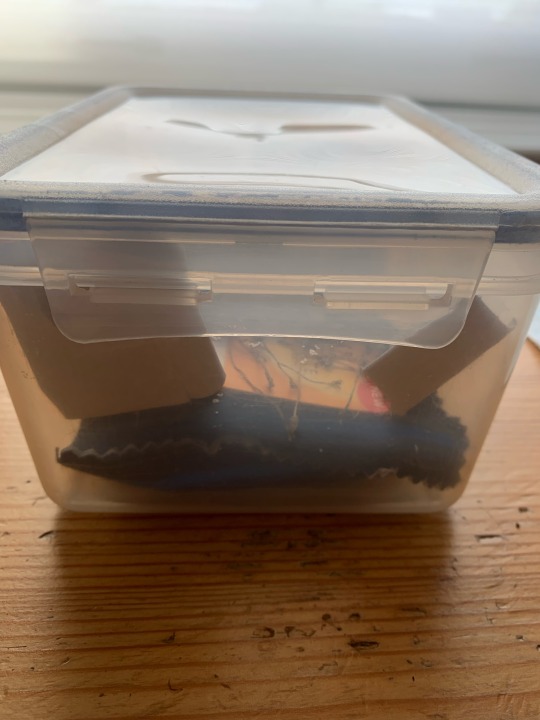

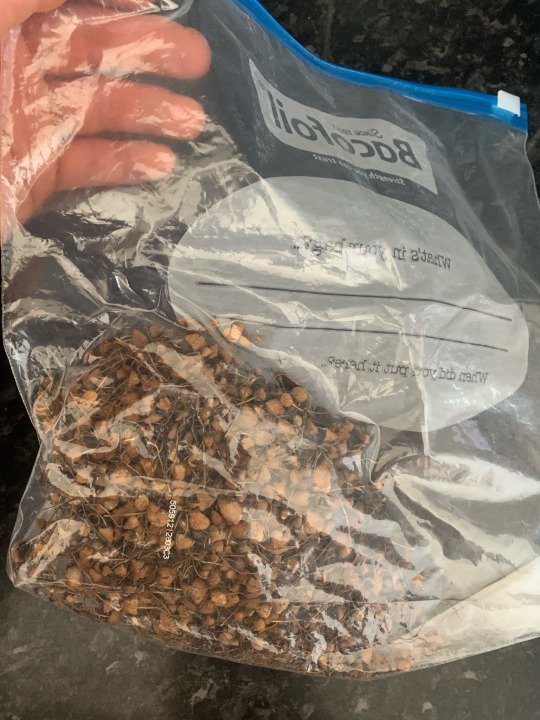
How to prepare shrooms for storage.
7 notes
·
View notes
Photo

Haven’t posted in ages since I’ve been through so many changes in my life lately, but here are some liberty caps (Psilocybe semilanceata) I spotted last autumn :)))
5 notes
·
View notes
Text

I'm Dad's favorite!
3 notes
·
View notes
Text
Bonus Poll!
Which of these first-round losers should make it into the third round? Top two get in!

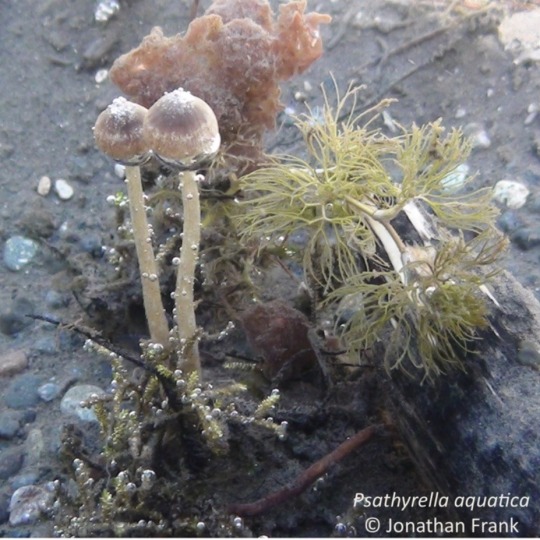
1. She's a beautiful blushing bride!
2. Psathyrella Aquatica is the only known fungus to produce a fruiting body underwater!
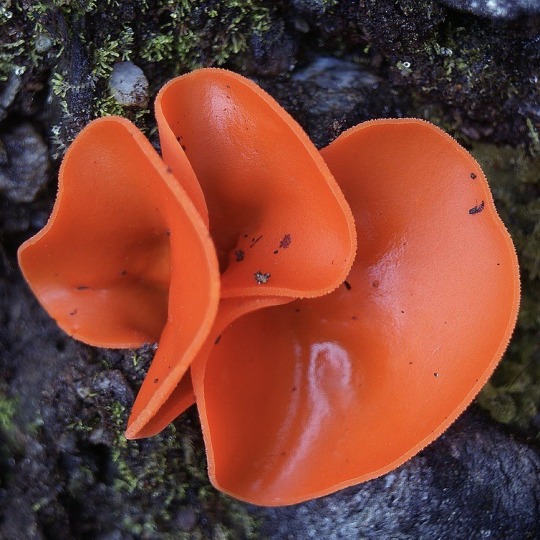
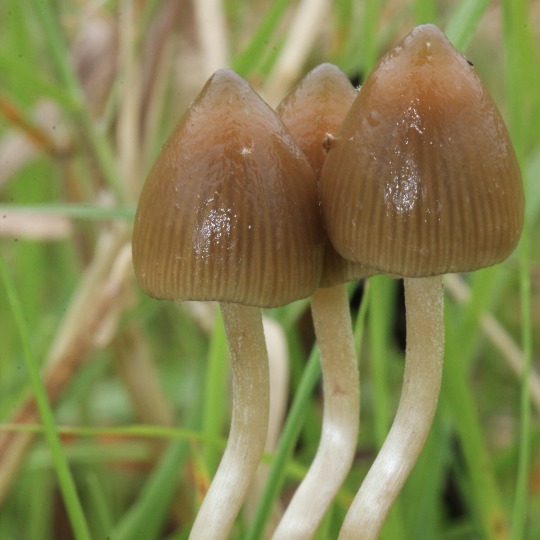
3. Native to the Pacific Northwest, she really does look like orange peels!
4. Psylocibe can give you a fun trip, and help your mental health!


5. Cordyceps can grow out of insects!
6. Morels are delicious!
#mushroom showdown#loser poll#mushrooms#mycology#fungi#forestcore#mosscore#nature#cottagecore#bridal veil stinkhorn#psathyrella aquatica#orange peel fungus#psilocybe semilanceata#morel#cordyceps
441 notes
·
View notes
Text

Who Puts the Fun In Fungi?...We Do!...We Do!
Watercolor On Cotton Paper
2022, 41"x 30"
Liberty Cap Mushrooms, Psilocybe semilanceata
Kyanite and Blue Apatite
#art#nature#mushrooms#fungi#artists on tumblr#artwork#floral#watercolor#painting#minimalism#mushroom#psilocybe#psilocybe semilanceata#liberty cap#blue#blue aesthetic#kyanite#blue apatite#mosscore#contemporary art#artworks#artblr#magic mushrooms#cottagecore#cottagecore aesthetic
140 notes
·
View notes
Text
Some ways to treat mental illnesses include therapy, medication, self-care practices, and support from loved ones. It's important to find what works best for you and I have get in touch with one mushy_psy on IG
#mental health#microdosing#psilocybe cubensis#psilocybe semilanceata#adhd#health and wellness#healing
0 notes
Text
Foliage
- Psilocybe cyanescens: Wavy Caps, Blue Halos, or simply Cyans.
- Psilocybe bohemica: Potent Psilocybe or Bohemian Psilocybe.
- Gymnopilus junonius: Spectacular Rustgill or Big Laughing Gym.
- Conocybe cyanopus: Dome Cap or Cone Head.
Sugar
Rosemary
Golden chanterelle
Black trumpet
Grybai
Cianozė
Juniper
Chamomile
#mushrooms#magic mushies#mushies#mushy mushrooms#mooshroom#magic mushrooms#psilocybe cubensis#psilocybe semilanceata#psilocibina#cyan stim#fungi#wild fungi#fungicore#trippin#getting high
0 notes
Text



Magic mushroom
1 note
·
View note
Text
The Benefits of Psilocybin Treatment
Psilocybin is a naturally occurring psychedelic compound found in certain mushrooms. Recent years, there has been a growing body of research into the potential benefits of psilocybin treatment for a variety of mental health conditions.

When it comes to treating depression, Nichols pointed to psilocybin’s speed and efficacy as 2 of its most attractive qualities. Psilocybin’s effects are observable soon after administration (days) compared to standard antidepressants, which, when they work, can take weeks to fully kick in. The antidepressant effects can also last for a while—from 4 weeks up to 6-12 months, depending on the study.Someone might have to take a standard SSRI daily for months or years, they might receive just 1 dose of psilocybin every few months, or even once per year.
Psilocybin’s Path Forward
Already, states like Colorado and Oregon have legalized therapeutic psilocybin use. There are, however, basic questions about psilocybin that lack solid answers. Clinicians are still finding how psilocybin works, who it works for and when and how often it should be used. Answering these questions will require completion of more clinical trials with a greater number of participants
BY funding for such studies is a challenge—the stigmatization of psilocybin has prompted governmental funding bodies to avoid projects involving the compound. However, Nichols thinks that, as trials demonstrating the potential benefits of psilocybin keep coming out, there may be a greater push and incentive for investment. He and Nayak believe this will depend, in part, on a “reeducation process” to help people disentangle historical connotations about psilocybin from what emerging scientific data show—that psilocybin-assisted therapy can, in some cases, be a beneficial thing.
both researchers highlighted that working out the therapy’s scalability and affordability will be of utmost importance. In experimental trials, psilocybin-assisted therapy can cost tens of thousands of dollars.
#ptsdlife#ptsd vent#ptsd mention#childhood trauma#trauma#mental illness#complex ptsd#childhood ptsd#post traumatic stress disorder#actually traumatized#psilocybe cubensis#psilocybe subaeruginosa#psilocybe semilanceata#ps i love you
0 notes
Text
Blue Meanies Mushroom
Blue Meanies: Exploring the Enigmatic World of Psychedelic Fungi
the Blue Meanies mushroom stands out as an intriguing member of the psychedelic fungi family. Let's delve into the origins, effects, and cultural significance of Blue Meanies.
Origins:
Blue Meanies, scientifically known as Panaeolus cyanescens, are a potent species of psychedelic mushrooms. Widely distributed across different regions of the world, these mushrooms are often found in grassy areas, thriving on fertilized soil or manure-rich substrates.
Appearance:
With their distinctive blue coloration, Blue Meanies catch the eye when bruised or damaged, thanks to compounds like psilocin and psilocybin. Adorned with conical caps and dark gills that gradually turn black as spores mature, these mushrooms present an intriguing sight. As the mushroom ages, the stem transforms from white to a darker shade.
Psychoactive Compounds:
Blue Meanies, like many psychedelic mushrooms, contain psychoactive compounds such as psilocybin and psilocin. These compounds interact with serotonin receptors in the brain, provoking altered perceptions, heightened sensory experiences, and shifts in consciousness.
Effects:
Renowned for their potency, Blue Meanies induce profound effects. Users often experience intense visual hallucinations, altered perception of time and space, and an increased sense of interconnectedness with their surroundings. The trip typically lasts between 4 to 6 hours, though the intensity may vary from person to person.
Cautionary Note:
It's crucial to approach the use of psychedelic substances, including Blue Meanies, with caution. Potential risks exist, and factors like set and setting, as well as the user's mental state, significantly influence the overall experience.
Cultural Significance:
Psychedelic mushrooms, including Blue Meanies, hold a rich cultural history. Indigenous cultures have long utilized these fungi in religious and shamanic rituals. In contemporary society, individuals seek out these mushrooms for spiritual experiences, personal insights, or recreational enjoyment.
Legality:
In terms of legality, it's important to research and understand the regulations surrounding psychedelic substances in your specific location.
#blue meanie#blue meanies#blue meanies for sale#Blue Meanies Mushroom#brain science#buy blue meanies#buy blue meanies online#canadian shroomer#copelandia#Copelandia Cyanescens#environmental sciences#health science#human science#lsd experience#mushroom experience#panaeolus cyanescens#psilocybe cyanescens#Psilocybe semilanceata#psilocybe species#psilocybe tasmaniana#psilocybin experience#psychedelic experience#science insider#shroom live experience#shroom types and names#shrooms experience#spiritual experience#strongest species#terance mckenna#where to buy blue meanies
1 note
·
View note